Barcelona’s appeal begins with its iconic buildings, and the best way to appreciate them is to know the artist behind the city’s most impressive landmarks.
My first glimpse of La Sagrada Familia, a fanciful looking cathedral and the most imposing landmark in the city of Barcelona, is of curious tourists gazing toward the sheer verticality of the somewhat melted cake like structure.
‘If you only have a day to see Barcelona, this is where you should begin’, my guide said, as we hastily walked past several visitors with selfie sticks and camera phones. A few minutes later, after a long queue, we were permitted inside and stood before the cathedral’s apse, a concrete forest canopy.
One can only admire the soaring and meticulously choreographed pillars. How they rise towards the ceiling and spread like tangled branches. An illusionary spectacle of granite and basalt. With a play on light, streaming through from the stained-glass windows, it can almost feel dreamlike or perhaps a restrained evocation of heaven on earth.
The Expiatory Temple of the Holy Family or simply La Sagrada Familia to Catalans, very much replicates the local’s aspirations as well as the city’s lofty spirit. It attracts more than 2.8 million visitors a year, making it the most visited monument in Spain. The fact that the cathedral is still under construction after more than a century, inspires awe in many of its beholders and believers.
I traveled to Barcelona on an architectural odyssey. As the city is amply adorned with buildings of grand façade, I reasoned that Barcelona’s beauty should not only culminate on postcards and canvases but should be admired up-close. As the largest metropolis on the Mediterranean Sea and the sixth-most populous urban area of the European Union after Paris and Berlin, this Catalan city is a host to a burgeoning community of designers and artists alike. After all, it is the home and the former playground of Cataluña’s most celebrated native architect, Antoni Gaudi. The closer I look at the artist’s multifaceted Gothic mansions, as well as his marvelously poised buildings and structures, the closer I get to stepping into the artist’s master plan.
In a career that began early as a student of architecture and by working as a draughtsman to support his studies, Gaudi’s exceptional talent was apparent from the beginning. His early designs acquired a lot of attention. Projects like the cemetery gate in 1875, the Spanish pavilion for the Philadelphia World Fair (1876), a fountain for the Placa Catalunya in Barcelona (1877) and many more leading up to his magnum opus, the Sagrada Familia – the project that consumed the artist yet earned him the title, “God’s architect”.


Our second stop brought us to Park Güell. If there is one thing that can be said about this park, it is strangely enchanting. It is easy to lose focus as one walks along the laced pathways. I caught myself gawking at the repetitive pattern of the 88 stone columns bending like trees yet twisted at the bottom like roots and ogled curiously at the emblematic lizard mosaic guarding the entrance steps.
Somehow, they all seemed to suggest that nature is an element that can be distorted or expressed with geometry and free reign of the imagination. From here at the Carrer d’Olot, we continued our way to Carrer de les Carolines to see Casa Vicens. According to Teodoro who’s full of juicy tidbits, this private house was one of Gaudi’s first work commissions. In a quick glance, the brick together with ceramic pieces varying in color and shape ultimately reminded me of those old casas in southern Spain influenced by strong Moorish architecture.


Next on our list was to drive outside Barcelona and reach Colonia Güell before noon. It took us half an hour to get out of the city center, arriving at a small workers’ community in Santa Coloma de Cervelló built in 1882. I was told that Gaudi’s role was to erect a colony church for the community though it was not completed. But the reason why we came is to see his crypt that served as the basis of his masterpiece, La Sagrada Familia. As the artist’s once said, had this church been finished, it would have been a ‘monumental model of the Sagrada Familia’.
Heading back to town after a quick lunch of beer and tapas, we proceeded to Güell Palace just off La Rambla. Compared to his other works of art, the palace itself looks more subdued, yet the artist’s trademark is evident from the Gothic, Moorish and art nouveau style. ‘What makes this building controversial is that it’s where political prisoners were tortured after the civil war’ Teodoro explained in a strong Catalan accent and with a smirk added, “Surprisingly, just across the street is Pablo Picasso’s studio, who ironically once expressed his dislike to Gaudi’s work”.
But I was convinced that Gaudi’s imagination mirrored his creation and no detail was too small to escape his attention. Nearing the end of my architectural odyssey, Teodoro led me to Passieg de Gracia. Like sisters of different mothers, Casa Milà and Casa Batlló are a draw for everyone passing this pulsating neighborhood. If Casa Milà or commonly known as La Pedrera is extroverted in character displaying a bold undulating stone façade and twisted iron balconies, Casa Batlló is bizarre looking. This residential building is called by various names like the casa dels ossos (house of bones) or case del drac (house of the dragon) due to its balconies which resemble skeletons and a roof that shines like animal scales.
I have always loved Barcelona and to know the city through its architectural wonder can be a blessing and at the same time, reverentially consuming. Before Teodoro and I parted ways, we decided to have a drink at one of Barcelona’s sought after hotels and visit the Mandarin Oriental’s terrace which offers stunning views of the city.
Seeing the striking features of the 127 square meter deck with outdoor Jacuzzi and solarium, it seemed that Gaudi had successfully passed on his magic wand to the virtuous Patricia Urquiola; who added some modern touches to the terrace but also magically transformed the hotel’s 17 brand new luxurious suites into a masterpiece.
The sun had set early that day. The cold chill of the winter had undressed the trees, exposing the fragility of its branches and twigs. The fallen leaves festooned the sidewalks making it more inviting to go for another walk. The moon cast a soft glow while the street lights endowed the city with a magical air.
Overlooking Passieg de Gracia and the buildings that dotted the skyline, we paused to admire the architectural vista. Feeling the pulse of the city, it was only then that I finally understood Antoni Gaudi and what he meant when he said, “Gothic art is imperfect, only half resolved; it is a style created by the compasses, a formulaic industrial repetition. Its stability depends on constant propping up by the buttresses: it is a defective body held up on crutches….The proof that Gothic works are of deficient plasticity is that they produce their greatest emotional effect when they are mutilated, covered in ivy and lit by the moon”.
BUTTER MY BAGUETTE
This website made of love strives to produce FREE CONTENT.
Help me tell more stories and keep this website free of any advertisement by supporting Flying Baguette in inspiring more people and connecting you with other cultures and communities around the globe. Donate a little or as much as you can afford to keep the magic of Flying Baguette going for years to come. Share your support through the icons below ⬇️






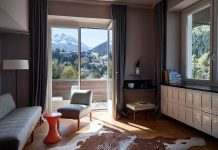
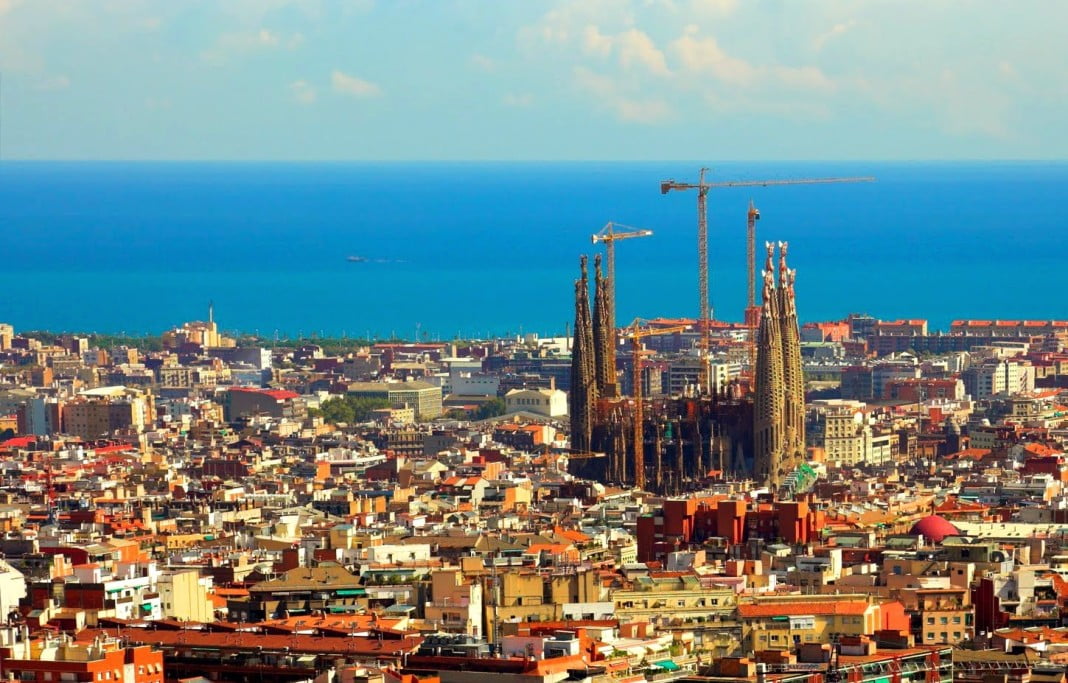

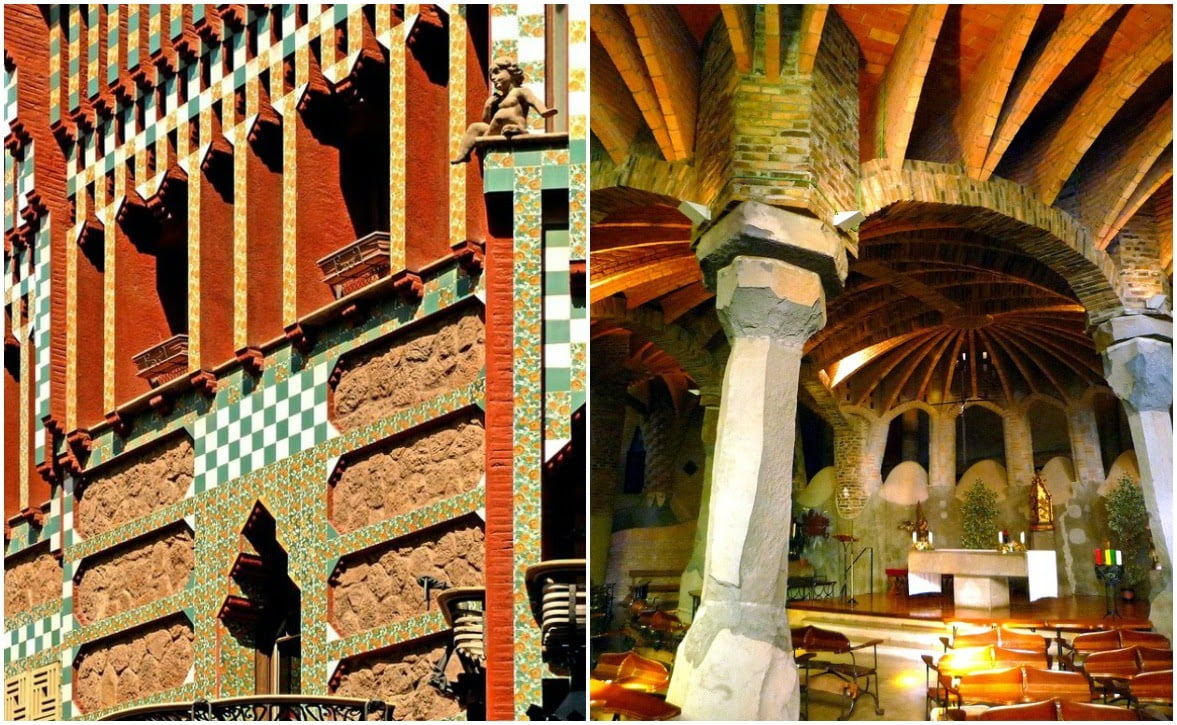
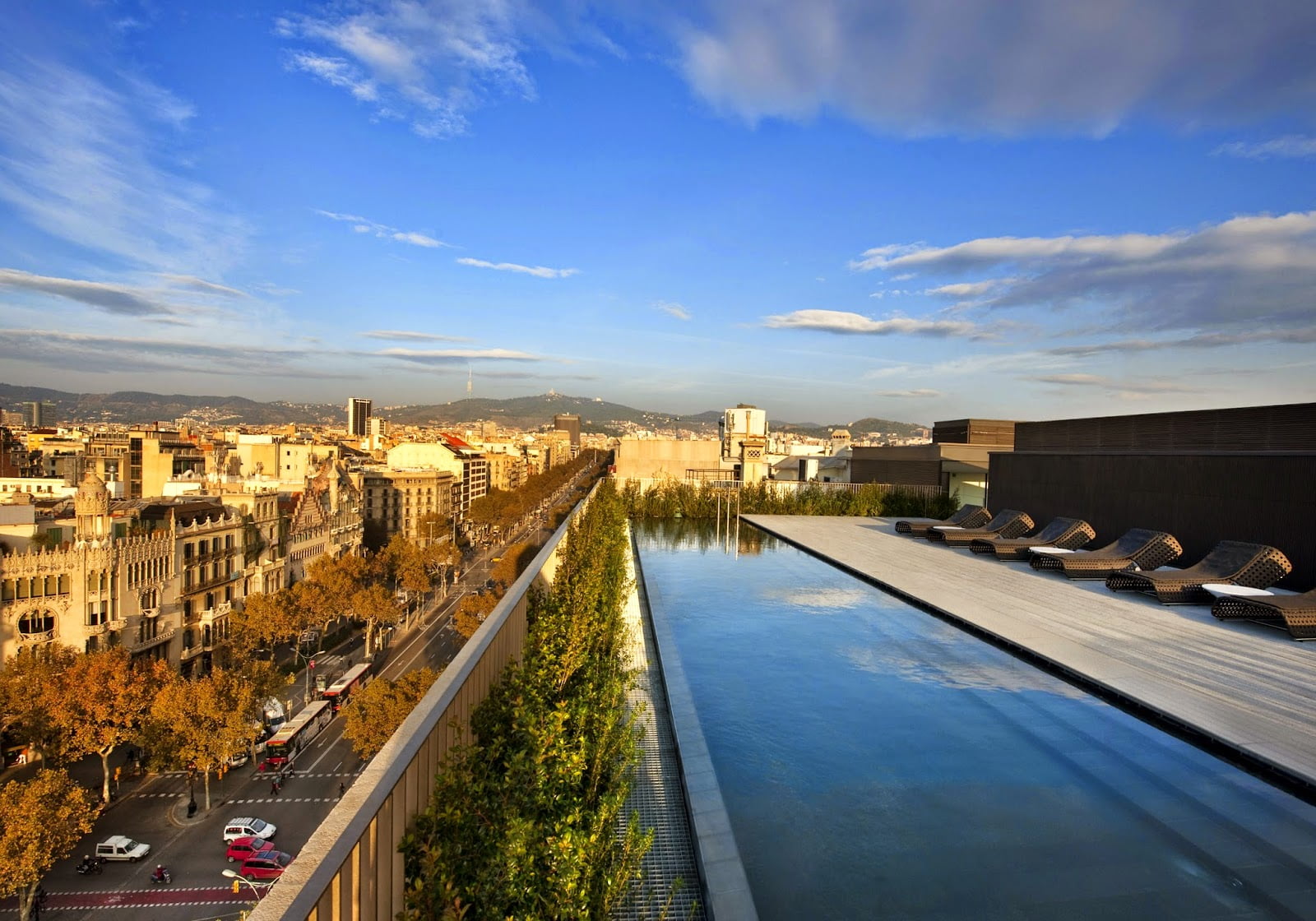






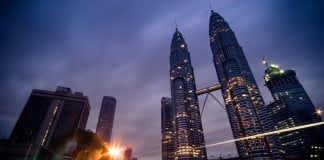
I had the opportunity to visit Barcelona for the first time in 1999 and was fascinated by Gaudi’s work. Since then I have been back a few times and the city always enchants me.
Gaudi’s genius embodied in the buildings that dot the city is something wonderful. They are authentic art galleries on the avenues of Barcelona.
Now I will have to go back to Bacelona to see the finished Sagrada Família 🙂 It is always good to have an excuse to return to such an emblematic city.
Barcelona is such an interesting city to explore. I think I walked miles when I visited, maybe one of the cities I enjoyed most by just walking around without a purpose. The cathedral, Park Guell (which I need to see more of) and every style in between is so fascinating. What a fabulous reminder of the wonderful place that is Barcelona
See I’m not a big architecture person, but I was continuously impressed with Barcelona! There was something beautiful everywhere. I felt overwhelmed learning about the different styles and about Gaudi himself. Your pictures brought me back!
Barcelona is long overdue a revisit, especially since I am more into art nouveau and familiar with Gaudi’s life. It’s really sad how he died – in poverty and run over by a tram, denied help as many couldn’t recognise him and thought he is a regular begger so any help to save his life was down to a waste of time. Anyway, I agree with your tour guide Barcelona starts with the Sagrada Familia. Even though it is a pretty touristic place now, one cannot deny it’s character and dominance over the city. One cannot come to Barcelona and not see it. On a more side tracked note, have you ever noticed how Barcelona from a bird’s eye view looks like a sushi bord?
Carolin | Solo Travel Story
I loved this post. Like you, Barcelona’s architecture was a big draw for us when we visited, and we adore Gaudi. We honeymooned here, ahem, 30 years ago and, to our shame, we haven’t returned to this marvellous city. Our photos were taken on old-fashioned film and some were even in black and white. We would dearly love to see how the glorious Sagrada Familia has changed in that time and to revisit Park Guell. Thank you for prompting us to return. We definitely need to see that view from the Mandarin Oriental’s terrace!
I learned to love Gaudí’s works while visiting Barcelona. The light that pours through the glass at Sagrada Familia takes me breath away. Park Güell is both beautiful and extravagantly odd. I missed the crypt so will make a note to do so on my next visit.
Lyn | http://www.ramblynjazz.com
Very much enjoyed reading your post, Jan. You got a great writing style, very eloquent, and the pics are fabulous too. My wife and I are huge fans of Gaudi. When I was living in Barcelona in the late nineties for 9 months, working as a fork lift truck driver on minimum wage (it was early on in my career haha), I tried to absorb all of his buildings and art as much as I could.
I am happy to hear that you enjoyed reading the post and thanks for your kind comment. I guess your wife and yourself share something in common and that we both admire Gaudi and his extraordinary talent. His buildings are truly captivating. What are other things that you both like about Barcelona?
Oh.. that’s a very long list. 😅😁
I guess what I adored most about this city is how the locals live and breathe art and the appreciation thereof. Art in a very wide sense seems to be everywhere and the Catalans seem to view it as the essence of their identity, much like the Basques look at food or the English at humour and lukewarm, flat ale.
Spot on. In an essence, people really do make up the place or a city for that matter. Bohemian Barcelona is as vibrant as the Catalans themselves and so too the Basques and Britons 😉